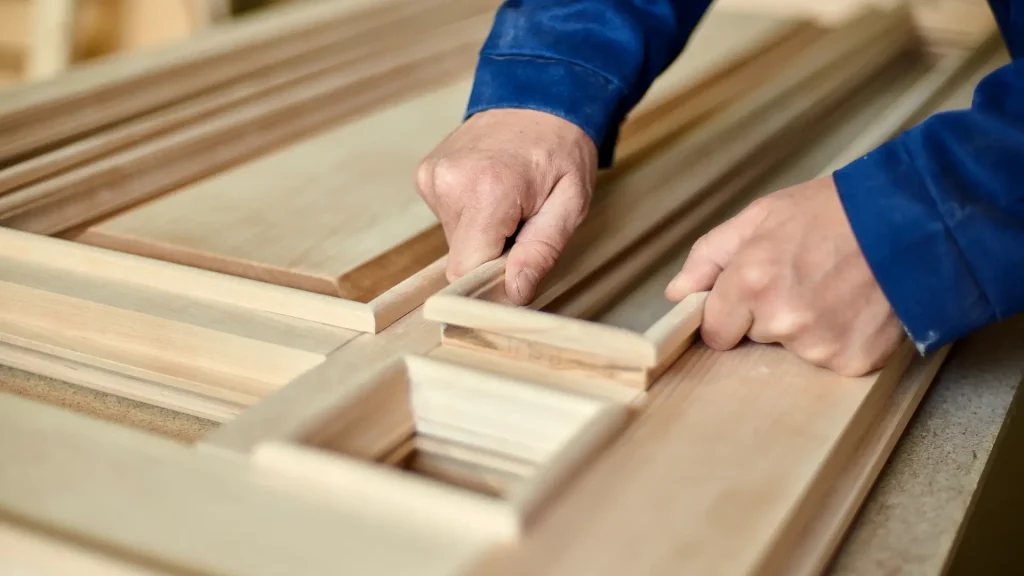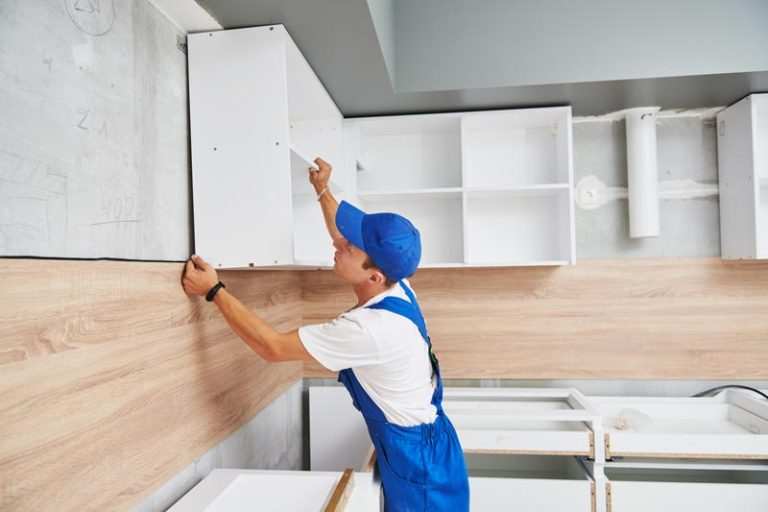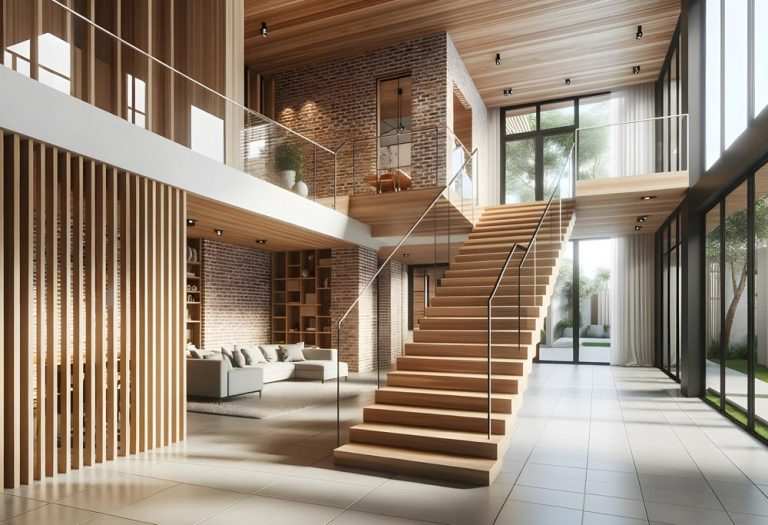In the intricate world of carpentry and construction, understanding the different stages of building and renovation work is crucial for both tradespeople and clients. Among the essential phases are the ‘1st fix‘ and ‘2nd fix‘ carpentry. These terms may be commonplace in the industry, but for those outside of the construction field, they can be somewhat perplexing. This article aims to demystify these terms, explaining the differences and importance of each stage in the carpentry process.
Understanding 1st Fix Carpentry
1st fix carpentry is the initial phase of any construction or refurbishment project. It involves all the structural work that needs to be completed before the building can be made waterproof or ‘closed in’. This stage is about laying the groundwork for the final finishes that will follow in the second phase.
Key Aspects of 1st Fix Carpentry
1st fix work includes the construction of walls, floors, and roofs. Carpenters will erect stud walls (the internal walls made of wooden frames), fit floor joists and roof trusses, and install the necessary structural timbers that will support the building. It also involves some less visible elements that are crucial for a building’s functionality:
- Installing Joists and Rafters: These are part of the skeletal structure of a building, supporting the roof and floor respectively.
- Door Frames and Window Sills: These are put in place during the 1st fix, as they need to be integrated with the wall structures.
- Pipework and Cabling: Although not always handled by carpenters, the routing of pipes for plumbing and cables for electrical systems is typically laid out at this stage to ensure that they are concealed within the floors, walls, and ceilings.
The primary objective during this phase is to progress the project to a point where it is structurally sound and secure against the elements. This work is generally not visible once the project is completed, but it is essential for the overall stability and integrity of the building.
Transitioning to 2nd Fix Carpentry
Once the 1st fix is completed, and the building is weather-tight, the project moves on to 2nd fix carpentry. This phase involves all the carpentry tasks that lead to the finishing touches of a construction project. It is the stage where the building starts to look more like a finished home or office rather than a construction site.
Key Aspects of 2nd Fix Carpentry
2nd fix carpentry includes a broad range of tasks that are more refined and decorative compared to the structural focus of the 1st fix. Key tasks include:
- Hanging Doors and Fitting Ironmongery: Doors are hung on the frames installed during the 1st fix, and all locks, knobs, and handles are fitted.
- Installing Skirting Boards, Architraves, and Mouldings: These elements cover the joints between surfaces and add a decorative touch to the edges of the rooms.
- Fitting Staircase Balustrades and Handrails: These not only serve a functional purpose but also contribute significantly to the interior aesthetic.
- Cabinet and Counter Installation: In kitchens and bathrooms, this is the stage where built-in units, worktops, and storage are installed.
The craftsmanship during the 2nd fix needs to be of high quality because unlike the 1st fix, most of the work done in this phase is visible and defines the finish of the room or building.
Importance of Both Phases
Both 1st fix and 2nd fix carpentry are crucial in the construction process. The first sets the stage and ensures that everything following is structurally correct and securely placed. The second beautifies and finishes the structure, making it liveable and according to the client’s specifications. It is essential that both fixes are done with great care and precision, as mistakes in either could lead to structural issues or unsatisfactory finishes.
Conclusion
Understanding the difference between 1st fix and 2nd fix carpentry not only helps in planning and executing construction projects but also assists clients in understanding the stages of their project’s progress. Each phase has its specific set of skills and tasks that, when completed properly, seamlessly transition into a finished and fully functional building. Whether you are a budding carpenter or a homeowner embarking on a renovation project, appreciating these phases will help you manage your expectations and ensure a high standard of work.









